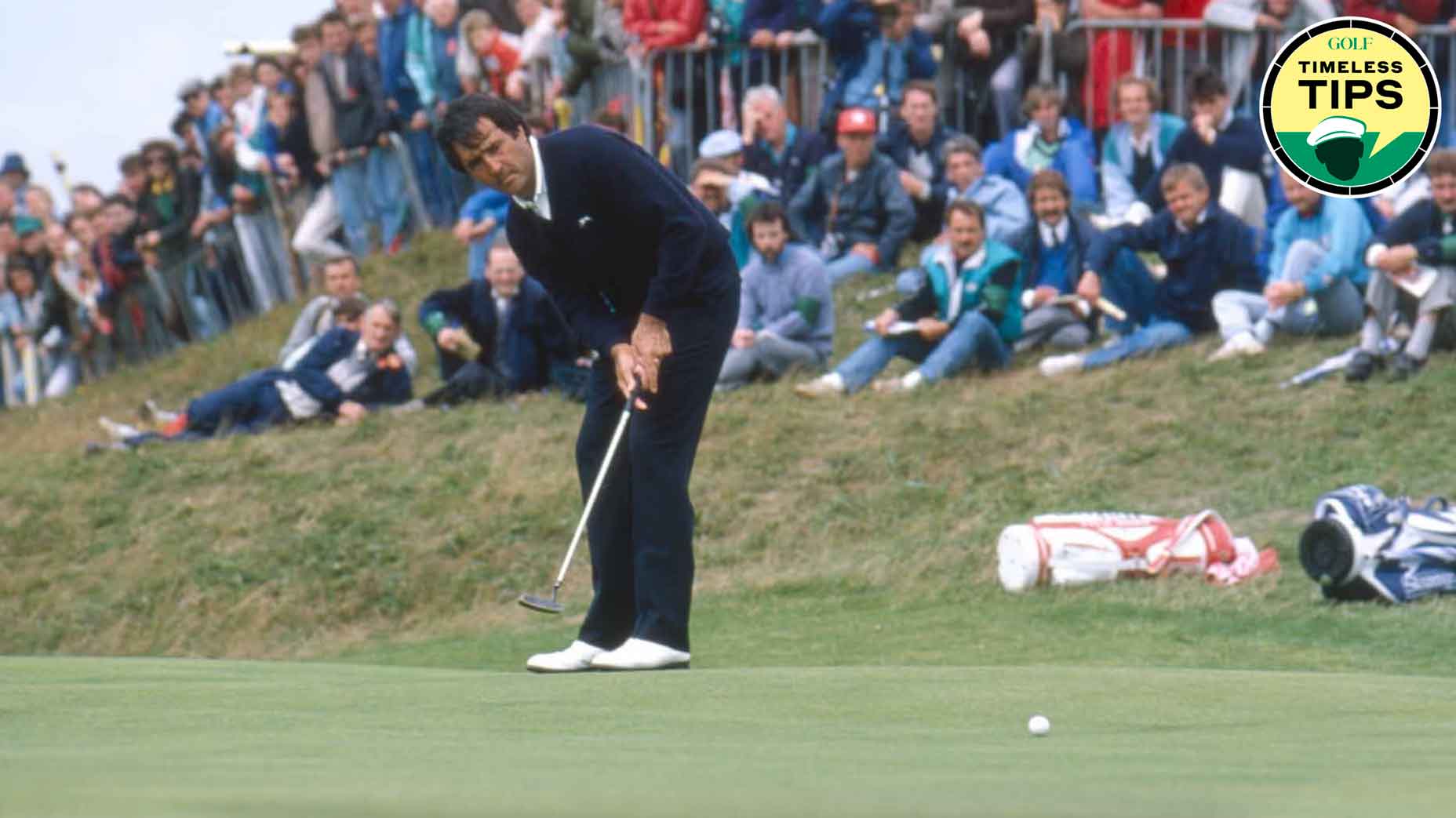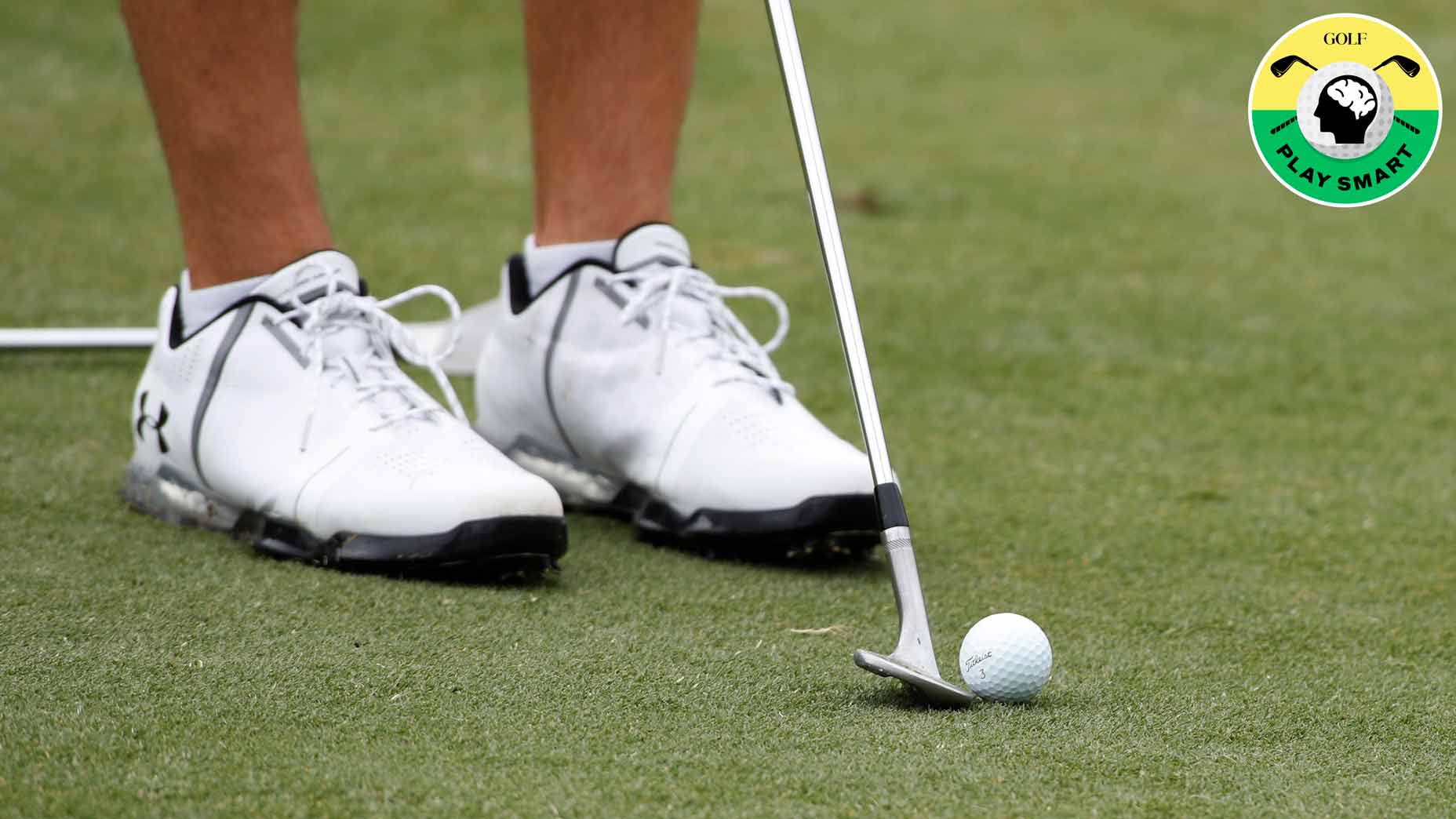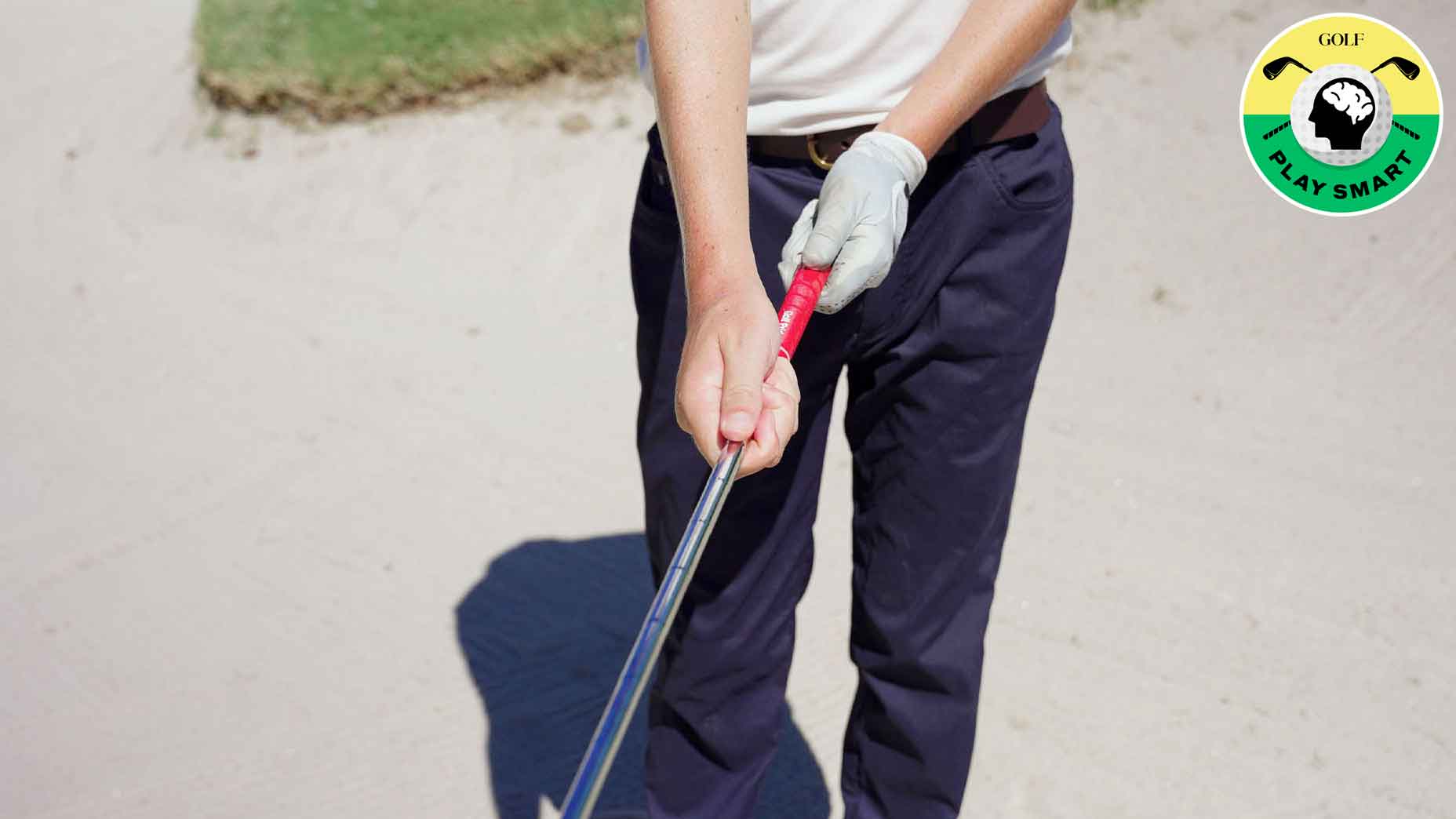Welcome to Play Smart, a regular GOLF.com game-improvement column that will help you become a smarter, better golfer.
One of the key ingredients in good putting is proper speed. If you can roll a putt with the correct speed, it makes the effective hole size larger and gives you a better chance of making putts.
Proper pace is not only useful for making putts, though. When you’ve got your speed dialed, it reduces three-putts and helps keep big numbers off the card.
When you watch a great putter on the greens, you’ll notice their speed is typically very good. They aren’t having to grind over their second putts because they leave their first roll inside the gimme zone. This should be something all golfers aspire to.
For more on how we can dial in our speed on the greens, we turn to elite mid-am golfer and Bridges Cup participant Taylor Wood.
How to dial in your speed on the greens
Getting your speed correct on the greens is crucial, but it’s not always an easy feat. With different courses having different green speeds, you have to adjust every time you tee it up somewhere new. And if you want your game to travel, you’ve got to get your speed on the greens dialed in at every place you play.
Taylor Wood knows this fact well. As an elite mid-am golfer, he plays in tournaments all over the country — and every time he tees it up somewhere new, he makes it a point to get a feel for the speed of the greens.
How does he do this? It all starts with establishing a baseline.
“I keep it simple and think of my home [course] speed,” Wood says.
Each time Wood arrives at a new course, he starts by putting like he would at home. Often times, the speed of the new greens are not like his home course’s speed, but with that baseline in mind, he can make the necessary adjustments.
One of the drills he likes to rep to get a feel for the speed is placing an item from his bag — like a glove — at a random spot on the greens. Then he rolls a few putts toward it with the goal of getting the balls to stop as close as possible to it.
“I’ll hit some putts where I’m not really focused on making a putt,” he says. “I’m really taking my feel from home, bringing it here and hitting some putts to understand how to recalibrate.”
If you’re playing a new course, it might be wise to take a page out of Wood’s book. Before you tee off, head to the practice green and roll putts with the singular goal of getting a feel for the speed. If you can do that, you’ll reduce three-putts early in the round and get off to a faster start.









